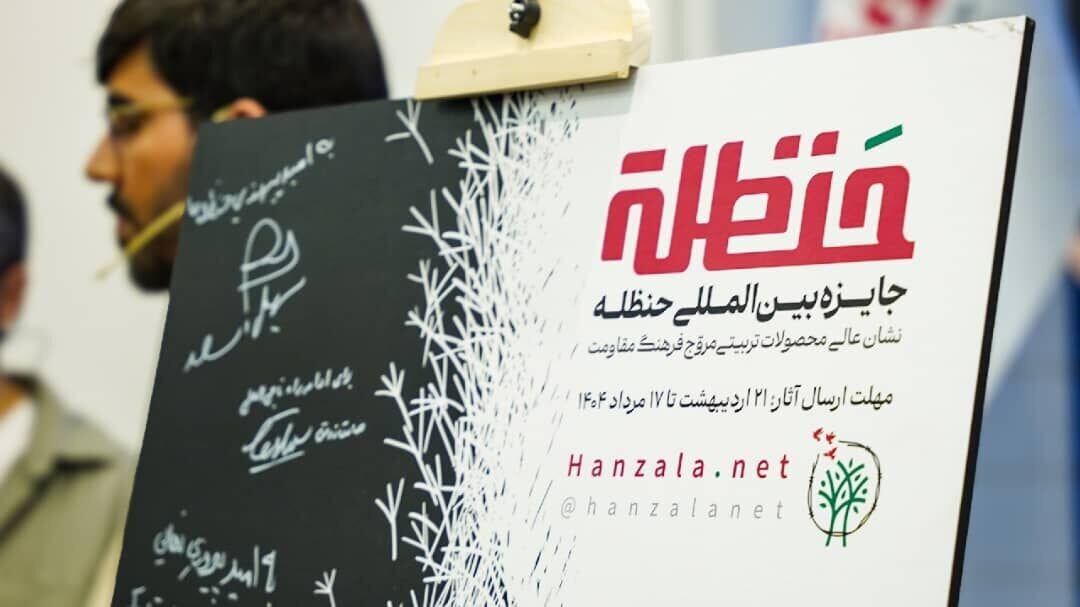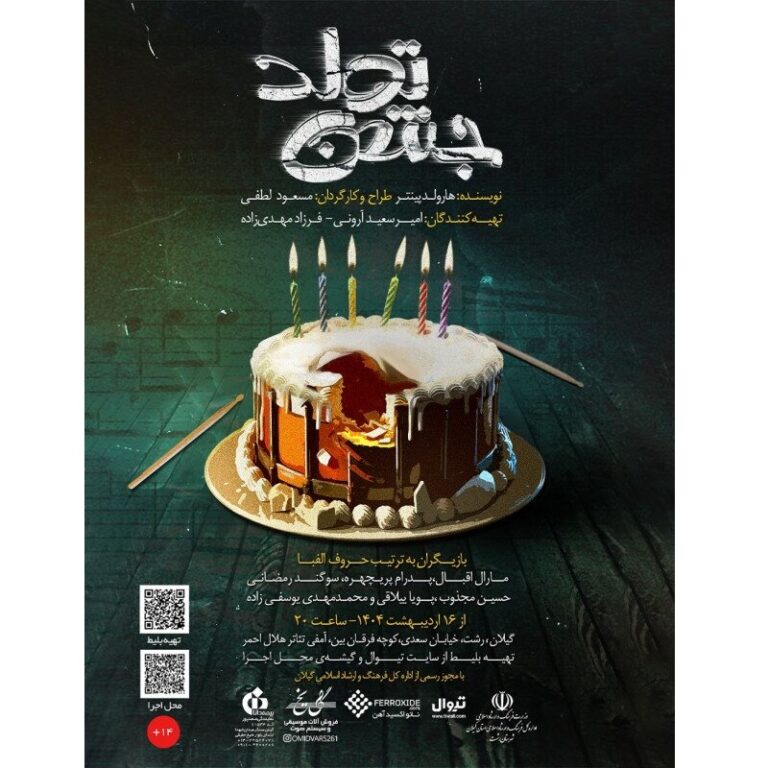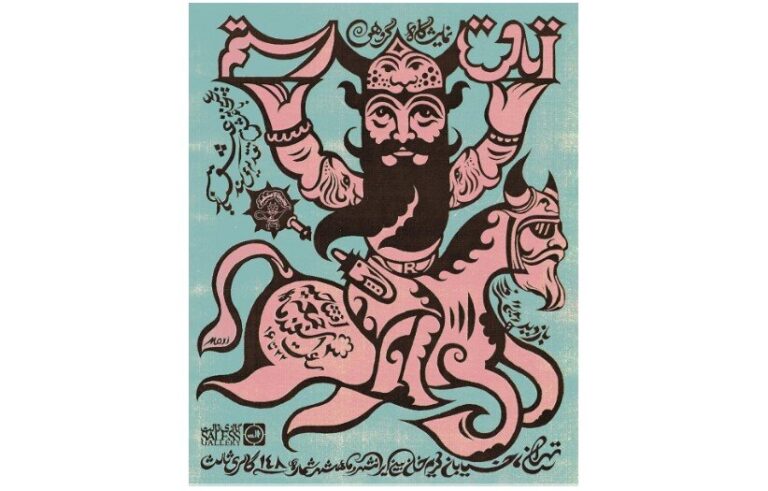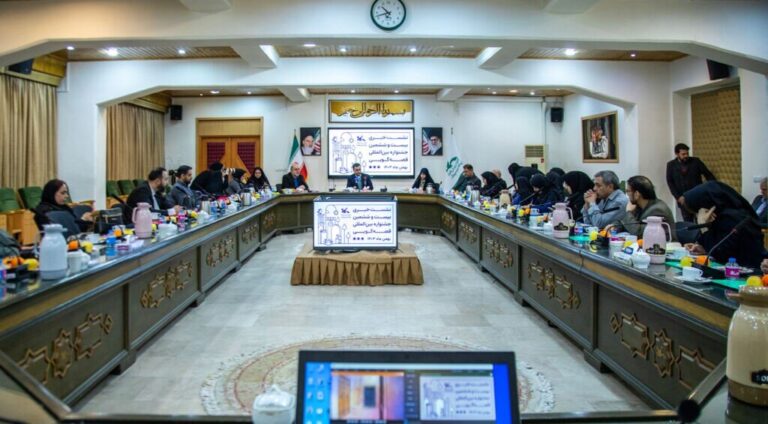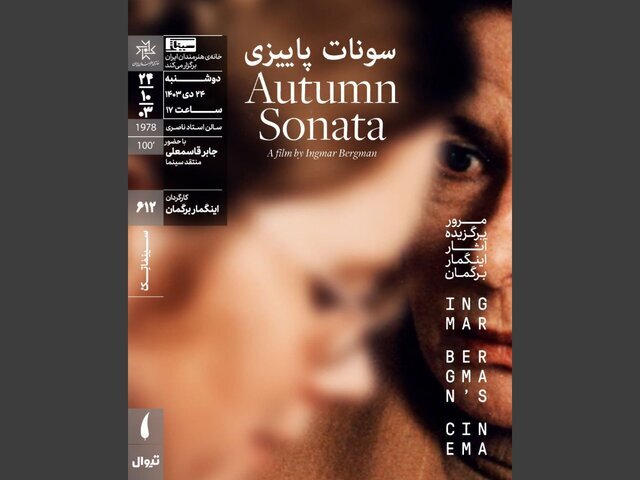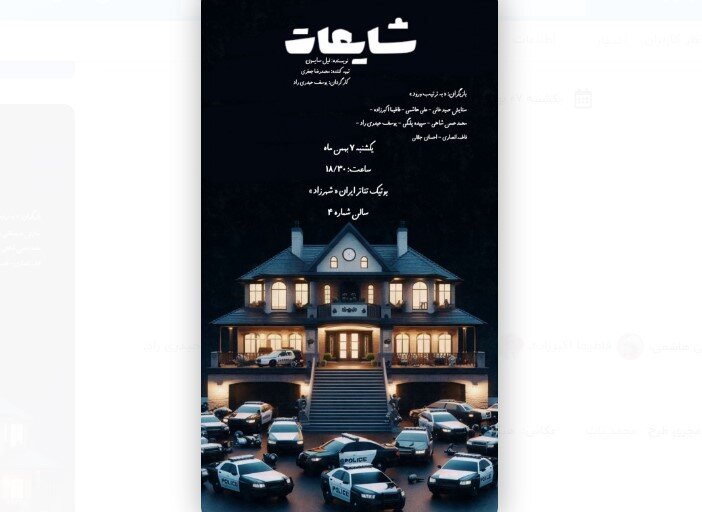International Hanzala Prize: Celebrating Children’s Literature and Inspiring Resistance Narratives
TEHRAN – The International Hanzala Prize, a renowned literary and cultural accolade, is gearing up to spotlight children’s and adolescent literature that delves into themes of resistance. This initiative, aimed at enhancing cultural production for youthful audiences, will evaluate submissions across various media formats, as reported by IRNA, citing Sadeq Zufan, the Scientific Secretary of the event, during a press conference held in Tehran on Monday.
Zufan elaborated on the contest’s structure and highlighted five primary categories for submissions:
- Books
- Toys
- Computer Games
- Activity Packages
- Creative Educational Media
He stated, “Our primary focus is on works specifically designed for children and adolescents. We seek to nurture a narrative of resistance through the lens of culture and creativity.” The prize transcends a traditional award ceremony, serving as a platform that encourages innovation and artistic expression among young creators.
Zufan underscored the crucial role of cultural production in shaping the values and perspectives of future generations. The goal is to develop engaging and thought-provoking content that resonates with the unique sensibilities of young audiences while instilling a spirit of resistance.
Expanding on the selection criteria, Zufan noted that the judging panel would evaluate submissions on several key factors:
- Creativity
- Originality
- Effective conveyance of the resistance narrative
- Educational value
- Potential to inspire and empower young minds
The International Hanzala Prize is now open to submissions from across the globe. Zufan highlighted the competition’s international nature, aiming to foster collaboration and exchange among creators from various cultural backgrounds. He stated, “We believe that the exchange of ideas and experiences is crucial for fostering creativity and innovation.” The diverse voices of young creators will play a vital role in shaping the narratives of resistance.
After submissions are judged by mid-September, the closing ceremony will be conducted. Zufan explained, “However, unlike other festivals, our closing ceremony is not the end of the journey; it marks the beginning of a support phase for the winning works.” This phase will include financial support, publishing, marketing, and international development for the selected products.
He also announced a cash prize of 32,000 Euros for the winning entries, emphasizing that the award is not confined to Iran. “We are currently engaging with cultural activists in Lebanon, Syria, Yemen, and some African countries. This is a global cultural initiative,” he stated.
Vahid Vali, Secretary General of the Hanzala Prize, commented on recent regional developments and the awakening of global awareness regarding the actions of the Zionist regime. He remarked, “A major event has occurred in the world that cannot be overlooked.” During the Al-Aqsa Storm, a significant movement emerged that challenged previous calculations, redefining the true essence of resistance.
Vali added, “The Zionist regime, equipped with extensive media and political tools, attempted to erase Palestine from global consciousness. However, it has resurfaced as a central issue for the Islamic world and free nations alike.” This shift highlights the necessity for new narratives and innovative tools to convey the concepts of resistance effectively.
He emphasized, “Media and news are merely one aspect of the story. We must transform resistance into play, entertainment, and educational tools—elements that enter children’s lives and teach them the truths they will stand for in the future.” The prize was established with this aim: to bring the concept of resistance from the realm of news into the heart of families and classrooms.
Vali further explained, “We do not merely honor the winners of this prize; we support them, assist in large-scale production, create markets for their work, and pave the way for international recognition.” He stressed that this initiative is not just a program but a historic necessity.
Soheil Asaad, a special guest at the event, focused on the symbol of “Hanzala” representing the prize. He revisited the significance of this character, stating, “Hanzala is not just a cartoon character; he has become a collective conscience.” Hanzala embodies a generation that has turned away from oppression yet continues to fight. He serves as a reminder that sometimes silence speaks louder than words. Through this prize, the aim is to nurture new ‘Hanzalas’—children who learn to stand against injustice through toys, books, and educational games.
The International Hanzala Prize is poised to make a substantial impact on children’s literature and cultural production. The emphasis on resistance narratives represents a broader cultural movement aimed at nurturing a generation equipped with critical thinking skills and a commitment to social justice. Furthermore, the prize seeks to support the development of creative talent, providing a platform for young writers, artists, and designers to present their work to a global audience.
Hanzala, a potent symbol of Palestinian identity and resistance, was created in 1969 by cartoonist Naji al-Ali. First appearing in 1969 and adopting his iconic pose in 1973, Hanzala is depicted as a ten-year-old boy with his back turned and hands clasped behind him, symbolizing the innocence and steadfastness of the Palestinian people.
The character’s age signifies al-Ali’s own childhood when he was forced to leave Palestine in 1948. Hanzala’s ragged clothes and barefoot stance embody solidarity with the poor and oppressed. Al-Ali envisioned Hanzala as an eternal youth, representing the ongoing struggle for justice and return.
Despite al-Ali’s assassination in 1987, Hanzala’s image continues to resonate globally, appearing on walls, tattoos, jewelry, and serving as a symbol in various movements.
